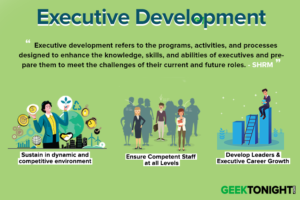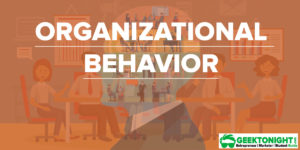Employee socialization is the process by which new employees understand the company’s policies, the internal culture, how the company hierarchy works and the ways to function effectively in the organization. Developing programs and policies that integrate new employees into the company helps the company maintains a consistent corporate culture.
Table of Content
Employee socialization not only helps new employees understand corporate culture, it also encourages the development of teamwork between new hires and current staff members. Allowing employees to become more familiar on a social as well as professional level can develop strong bonds that improve productivity and help to reduce employee turnover.
While an employee socialization program is essential to integrating new hires into the company culture, it can be counterproductive if there is too much focus on socialization. Each new hire requires an effective balance of corporate work policies and socialization programs to get a comprehensive understanding of productivity in the company culture.
Organizational Roles
A role is a modelling concept that serves as a convenience in administering the policy.
Roles define how a person fits into an organization and what he or she must do to perform effectively. This means when a newcomer joins an organization he or she must learn what roles they are expected to fulfill to perform effectively.
The three dimensions of organizational roles described by Edgar Schein are as follows:
- Inclusionary: a social dimension (e.g., outsider, probationary status, permanent status)
- Functional: a task dimension (e.g. sales, engineering, plant operations)
- Hierarchical: a rank dimension (e.g. line, employee, supervisor, middle manager, officer)
The new role requires learning to perform in ways that fulfill the social, functional, and hierarchical dimensions of that role. The two important issues for organizational socialization are role communication and role orientation.
An individual’s role should ideally be communicated by all the concerned parties which are often not communicated clearly. Many organizations consider a job description to be the official statement of the individual role, job descriptions are at times unclear and open to clarification.
The perceptual nature of organizational roles can lead to the following three situations.
- Role overload: When the employee has to carry out all of the expected roles and functions when there is insufficient time.
- Role conflict: When an employee is corresponding to two or more statuses.
- Role ambiguity: When an employee is unclear or uncertain about their expectations within a certain role, typically their role in the job or workplace.
Group Norms
They are the important part of the socialization process as it indicates behaviors that insiders agree are appropriate. The group norms should be learnt by the newcomers if they are to be accepted by the insider. The norms are not always easy to learn. The organization should facilitate the socialization process by providing ways to help newcomers learn organization and group norms.
Expectations
Expectations may include behaviors, policies, feelings and attitudes. Expectations are very important aspects that effect motivation and decision-making. Expectations can affect the performance, commitment and satisfaction of employees specially the newcomers.
Sometimes unrealistically high expectations those are unlikely to be met leads to dissatisfaction amongst new recruits. It may eventually result in employees in quitting their jobs. Expectations that one develops depends upon a number of parameters such as coworkers, friends, family, and media. Also, a person’s own personality and prior experiences may influence expectations.
Organizations should realize the effect that expectations can have on an employee’s performance and therefore should provide inputs that may lead to realistic expectations.
The three phases of Organizational Socialization according to Feldman’s Model include:
This phase occurs before an employee has started a new job within a particular company. During this phase, they may do some research or receive some information about the company before they commence working there.
If they talk to current or previous employees before starting the job, this may affect their opinion of the company. The new employee may also form their own opinions based on the type of interview they had and the type of communication they have had since from the company
Encounter
Just as the name suggests, this phase is when the employee ‘encounters’ their new workplace for the first time. Throughout this time, they will form their initial impressions of the company and of their fellow colleagues. Some companies may offer induction programs to help new employees deal with this period.
Change and Acquisition
this is the final phase and describes when the new employee has mastered their training and acquired the skills needed to feel more confident in the role. They may feel like they ‘fit in’ more within their team and may feel more in control.
New employees are not usually expected to be experts in the new role or be totally confident at the beginning so this final stage will usually happen for individuals after different periods of time in a new job.
It will probably depend on factors such as their experience, readiness to learn and ability to adapt to new situations. These three stages are also been labelled “getting in “, “breaking in ”and “settling in”.
Human Resources Tutorial
(Click on Topic to Read)







